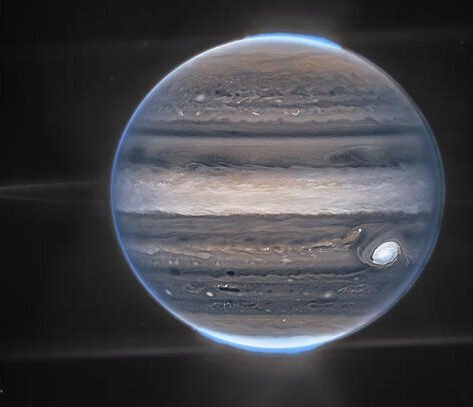
Two years after Jupiter and Saturn joined Earth in a rare planetary conjunction, the East is once again heading towards us. The Solar System’s largest planet will hang in the skies later this month as it comes closest to Earth in nearly 70 years.
Jupiter will be visible in the entire night sky of September 26 when it reaches opposition. Planetary opposition occurs when a celestial object rises in the east as the Sun sets in the west, placing the object and the Sun on opposite sides of Earth as seen from our home planet.
This opposition is special because it will be Jupiter’s closest approach to Earth in 70 years. This is due to the difference in the orbits of the two planets around the Sun. Both Jupiter and Earth do not revolve around the Sun in perfect circles. This means that the planets will pass each other at different distances throughout the year.
During closest approach on Monday, Jupiter will be more than 58 million kilometers from us, 96 million kilometers away from us at its farthest point. “Jupiter’s closest approach to Earth rarely coincides with opposition, meaning this year’s views will be extraordinary,” NASA said in an update.
How to see Jupiter in the night sky?
While the planet will be closest to Earth, it will still be difficult to see with the naked eye, thanks to the vast distance between us and the planet. However, a telescope can help magnify the view and bring the planet into focus. Try and find higher ground with open sky for better viewing.
“With good binoculars, the banding (at least the central band) and three or four Galilean satellites (moons) should be visible. It is important to remember that Galileo observed these moons with 17th-century optics. The key needs One will be a stable mount for whatever system you use,” Adam Kobelsky, a NASA research astrophysicist, said in a blog update.
Astrophysicists in a blog also recommend using a four-inch or larger telescope and some filters from green to blue to see Jupiter’s Great Red Spot and bands in more detail.
“Visions should be very good for a few days before and after September 26. So, take advantage of good weather on either side of this date. ) The brightest objects in the night sky,” he said.

